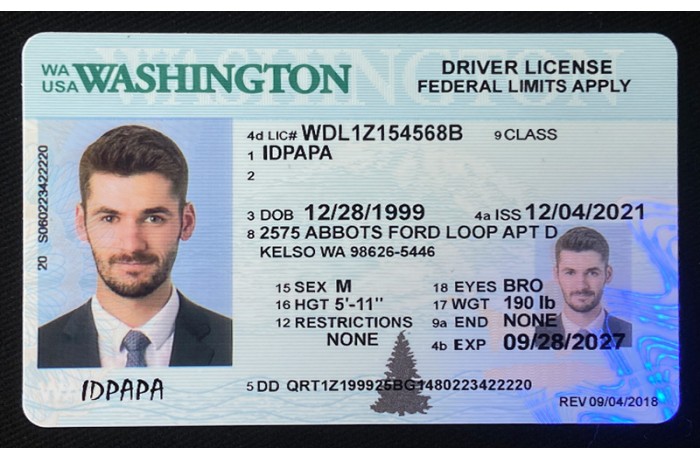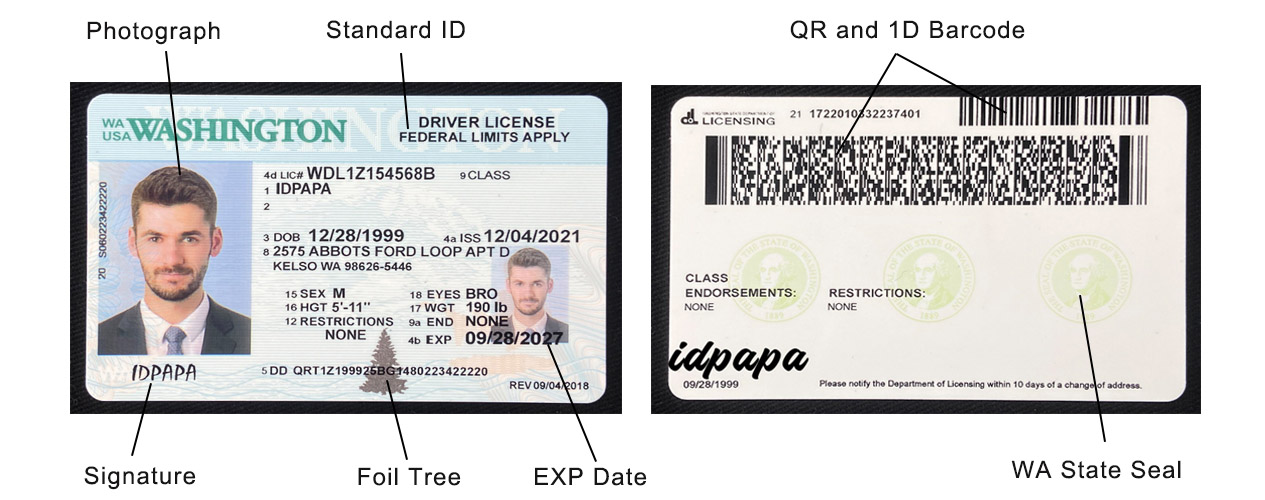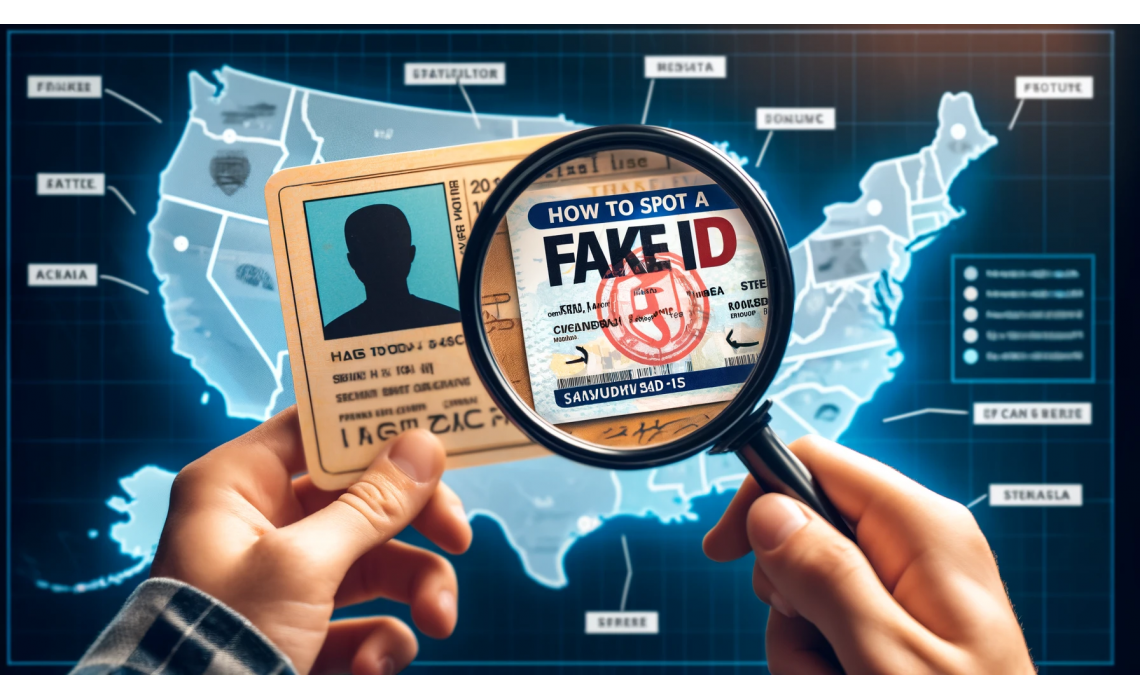How to Spot a Fake ID by State in 5 Steps
How to Spot a Fake ID by State in 5 Steps

Like other counterfeits, fake IDs can appear in different formats, including one or a few telltale signs. What’s most important is that you develop a trained eye for detail. Fakes are produced with tools that offer a different quality production than specialized equipment for creating government-issued IDs.
This difference in production quality is what you want to rely on. It is easier to identify specific elements that should be present but aren’t, or that appear to be poorly designed. Here’s a 5-step process you can use to identify a fake ID quickly:
1. Check for Holograms Images
Genuine IDs use intricate, state-specific holograms that change appearance when viewed from different angles.
Holograms are challenging to replicate accurately. On a fake ID, they might appear less detailed, may not change in appearance when tilted, or could be absent. The quality and behavior of the hologram when exposed to light are crucial indicators of the ID’s legitimacy.
Types of hologram images commonly used include:
✅State Symbols: Many states use official symbols, such as state seals, flags, or emblems, as hologram images on their IDs.
✅State-specific Landmarks or Icons: Some states might include well-known landmarks or state-specific icons in their hologram designs.
✅State Outlines: The state’s outline or an abstract representation of its geographical shape is standard in many state ID holograms.
✅Security Patterns: Abstract security patterns, such as guilloche or intricate line patterns, are also widely used for their difficulty in replicating.
✅Microtext: Some states incorporate microtext, which is tiny text that is hard to duplicate, into their hologram designs.
✅Variable Features: Holograms might change appearance when tilted or viewed from different angles, a feature designed to add an extra layer of security.
2. Examine for Laser Embossing

Laser Embossing uses a laser to create a raised design or text on the ID card’s surface. It adds depth and texture to specific areas, usually seen in high-security documents like driver’s licenses or passports.
Authentic IDs often use laser embossing to display intricate patterns, state symbols, or personal information that is tactile and visually distinct. Fake IDs may lack this feature or have poorly replicated embossing. Under light, fake ID laser embossing appears blurry or smeared and holds the same color when exposed to light. Legitimate ID embossing is clear and precise and changes color under light. When you need high quality fake id , use idpapa shop.
3. Scrutinize Laser Perforations
Laser perforation is a high-security feature where a laser makes small holes through an ID card. These perforations form a specific pattern, image, logo, or number visible when the document is held up to the light.
The precision and intricacy of laser perforation make it a challenging feature for counterfeiters to replicate accurately. On genuine IDs, perforations are usually clean and precise, forming a recognizable pattern or readable number. Perforations are poorly executed, misaligned, or absent on a fake ID.
4. Make Ultraviolet photography or UV Imagery Visible
Ultraviolet photography, or UV imagery, captures images using ultraviolet light. To make ordering fake IDs easier, genuine IDs have security features only visible under UV light, such as hidden images, patterns, or text.
UV images are not visible to the naked eye under normal lighting conditions but are only under UV light. The absence of UV imagery or poor-quality reproductions that appear blurry or smeared can indicate that you’ve just encountered a fake ID.
5. Inspect Laminate Quality
Legitimate IDs feature a seamlessly applied laminate that is difficult to alter without noticeable damage. The laminate on genuine IDs is clear, firmly adhered, and evenly covers the entire surface of the card. Fake IDs may also have poorly applied laminate that looks like it is peeling, includes bubbles, or appears uneven.


